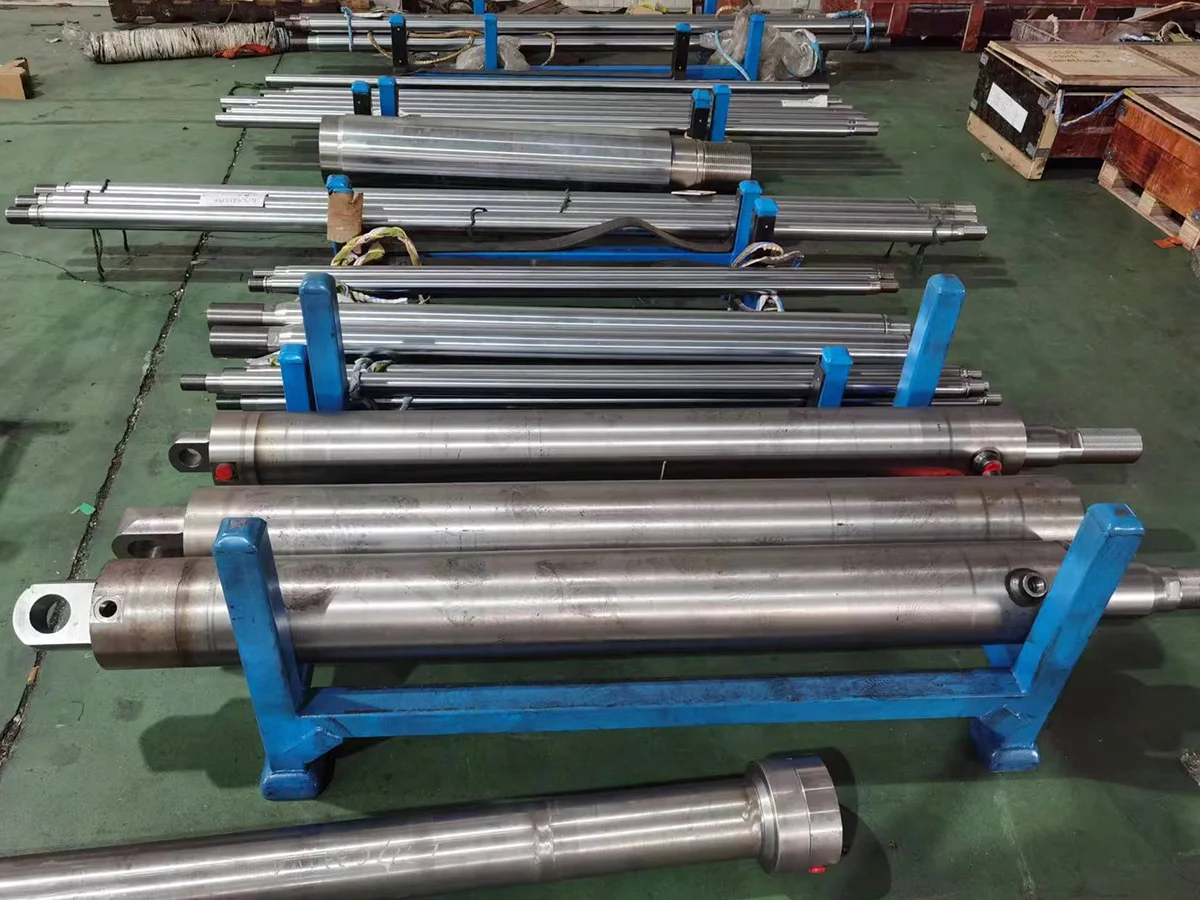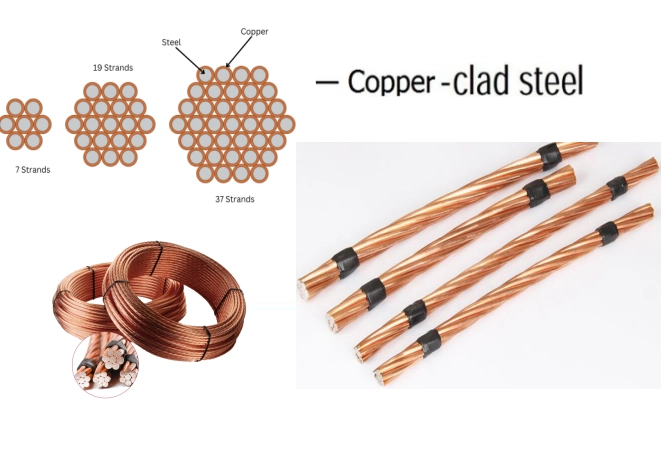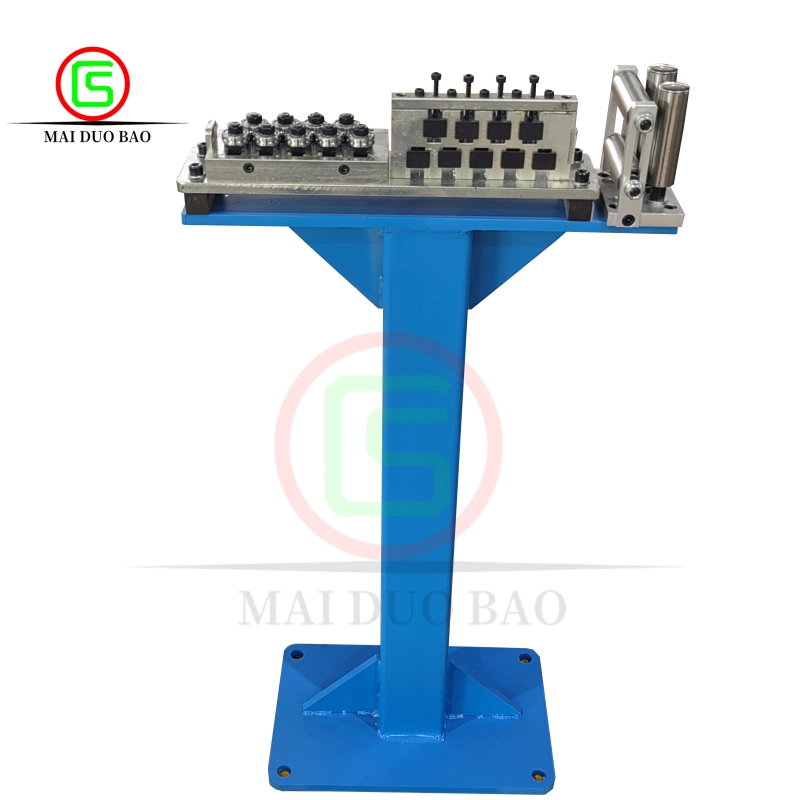In the wide application of hydraulic systems, hydraulic cylinders, as core actuators, undertake the important task of converting hydraulic energy into mechanical energy. Among the many types of hydraulic cylinders, welded hydraulic cylinders are widely used in engineering machinery, agricultural equipment, industrial automation, sanitation machinery, ship equipment and other fields due to their compact structure, high strength and good reliability. So, how much working pressure can a welded hydraulic cylinder withstand? This is not only related to the safety and service life of the equipment, but also a key factor that must be considered during design, selection and procurement.
This article will deeply analyze the working pressure range that the welded hydraulic cylinder can withstand from the aspects of structural design, material selection, manufacturing process, sealing system and its usage scenarios, and comprehensively analyze the factors affecting its pressure bearing capacity.
1. What is a welded hydraulic cylinder?
A welded hydraulic cylinder is a type of hydraulic cylinder that connects the cylinder barrel, cylinder head, oil port and mounting structure together by welding. Compared with traditional tie rod hydraulic cylinders, welded cylinders have no external tie rods, and the overall structure is more compact, which is suitable for occasions with limited installation space or high requirements for external dimensions.
Welded hydraulic cylinders usually have the following advantages:
Higher structural strength, especially suitable for heavy load and high pressure occasions;
Stronger anti-leakage ability, because the welding interface reduces the mechanical joint surface;
Smaller volume and weight, suitable for high efficiency and lightweight industrial design needs;
More flexible customization ability, can customize the size, stroke, and interface according to the working conditions of the equipment.

2. Common working pressure levels of welded hydraulic cylinders
The working pressure of a welded hydraulic cylinder usually refers to the pressure value that it can withstand for a long time under normal continuous operation conditions, rather than the bursting pressure in a short time. According to industry standards and actual applications, the common pressure levels of welded hydraulic cylinders mainly include the following categories:
Low-pressure hydraulic cylinder: The working pressure is generally 10~16MPa, suitable for light load or small and medium-sized mechanical equipment.
Medium-pressure hydraulic cylinder: The working pressure is about 20~25MPa, which is the most common pressure level in industrial equipment.
High-pressure hydraulic cylinder: The pressure range is 25~40MPa, mostly used in heavy-load or high-performance equipment.
Ultra-high-pressure hydraulic cylinder: more than 40MPa, used in extreme working conditions, such as steel metallurgy, oil drilling and other industries.
3. Key factors affecting the pressure bearing capacity of welded hydraulic cylinders
Material selection
The commonly used materials for welded hydraulic cylinders are high-quality carbon steel or alloy steel, such as 20# and 45# steel. Some high-performance hydraulic cylinders use 42CrMo alloy steel. The strength, toughness and corrosion resistance of the material play a decisive role in the maximum pressure bearing capacity of the hydraulic cylinder. The higher the material strength, the stronger the pressure bearing capacity.
Cylinder wall thickness
The cylinder wall thickness is an important parameter in pressure bearing design. The thicker the wall, the stronger the ability of the hydraulic cylinder to resist internal pressure, but the cost and weight will also increase accordingly. When designing, the wall thickness should be calculated comprehensively according to the maximum pressure, cylinder diameter and cylinder length of the hydraulic system to ensure the safety of the cylinder.
Welding process
The weld is the weak link of the hydraulic cylinder, and the welding quality directly affects the pressure bearing performance of the hydraulic cylinder. The use of advanced welding technology (such as argon arc welding, carbon dioxide shielded welding) and strict non-destructive testing (X-ray flaw detection, ultrasonic testing) to ensure that the weld is defect-free are the key to ensuring the pressure bearing capacity of the hydraulic cylinder.
Sealing performance
The efficient sealing structure ensures that the hydraulic oil does not leak and maintains the system pressure stable. Seal failure will cause the pressure of the hydraulic cylinder to drop, affecting the load-bearing capacity and work efficiency.
Structural design
Includes the connection method between the cylinder body and the cylinder head, the design of the piston rod and the guide device. Reasonable structural design can evenly distribute stress, reduce local stress concentration, and improve the overall pressure-bearing capacity of the hydraulic cylinder.
Working environment
Environmental factors such as the temperature and corrosive media used by the hydraulic cylinder will also affect its pressure-bearing capacity. For example, the material strength decreases in a high temperature environment, and the weld is prone to cracks.
4. Risks of overpressure use of welded hydraulic cylinders
Using welded hydraulic cylinders beyond the rated pressure will cause the following serious consequences:
Cylinder burst or permanent deformation, resulting in equipment scrapping;
Seal failure, causing leakage or even hydraulic system paralysis;
Piston rod bending and breaking, affecting the normal operation of the actuator;
Weld cracking, bringing potential safety risks;
Pressure fluctuations cause oil temperature rise and fatigue aggravation, shortening the overall life.
Therefore, in practical applications, it is recommended to control the working pressure between 70%-90% of the rated pressure of the hydraulic cylinder, and reserve sufficient safety factor (SF).
5. How to determine the pressure limit of the welded hydraulic cylinder?
The pressure limit of the hydraulic cylinder is not only the maximum working pressure designed by the manufacturer, but also subject to the constraints of on-site use conditions and safety standards. To determine the maximum working pressure of the hydraulic cylinder, the following steps are usually required:
Design calculation
Based on the inner diameter, wall thickness and material strength of the hydraulic cylinder, the pressure vessel design formula is used for theoretical calculation to determine the maximum working pressure.
Test verification
The newly designed hydraulic cylinder must pass a static pressure test, and the pressure is usually more than 1.25 times the design pressure to verify its safety performance.
Safety factor
In order to avoid failure under the limit state, a safety factor of 1.5~2 times is generally used during design. The actual working pressure should be lower than the test pressure to ensure long-term safe operation.
National and industry standards
The design and manufacture of hydraulic cylinders should comply with relevant standards, such as GB/T 5744 "Hydraulic Cylinders", ISO 6020, DIN 24554, etc. The standards have clear requirements for the maximum working pressure and test pressure.
As a hydraulic actuator with a stable structure and high reliability, the welded hydraulic cylinder can withstand working pressures ranging from low pressure 10 MPa to high pressure 31.5 MPa and even ultra-high pressure 40 MPa or above, and is widely used in various working conditions. However, its pressure bearing capacity is not determined by a single parameter, but by multiple factors such as cylinder structure, material process, sealing system and welding quality.
For enterprises, when choosing a welded hydraulic cylinder, do not blindly pursue high-pressure parameters, but should combine actual working conditions, equipment life and maintenance requirements to make scientific selections. At the same time, choosing a hydraulic cylinder manufacturer with professional technology and strict quality management is also an important prerequisite for ensuring the safe and stable operation of the system.
If you need to understand the technical parameters, customization capabilities or selection suggestions of our welded hydraulic cylinder, please feel free to contact our engineering team, we will provide you with one-to-one technical support and customization services.
www.toringcylinder.com
Ningbo Toring Machinery Manufacturing Co., Ltd.

